Ode' to CMP1
- Ryan Dedmon

- Jul 19, 2021
- 3 min read
By
Ryan Dedmon, MA
911 Training Institute
All dispatchers have a favorite work station in their communications center. Here is a special tribute to the station I once called mine for so many years.
The dispatch communications center at the Anaheim Police Department (CA) was a beautiful facility. Unlike many other emergency communication centers, this one sat on the second-story of the building and had several large-paned windows allowing dispatchers to look out and see for miles on a clear day. It was set up in four tiers: 4 radio console stations down front on the first tier, 10 call-taking stations on the second and third tiers, and 2 supervisor stations at the top in the back.
I remember the very first time I saw her; I think she winked at me… her name was CMP1. She was a call-taking console positioned on the second tier on the far right side of the communications center. She had four working computer monitors: telephone system, computer-aided dispatch system (CAD), calls pending and unit status, and mapping system. As the sun set outside, I could see all the different colors painted in the western sky from the angle of where CMP1 was positioned. She was also closest to a television that was mounted on that side of the room. From the very first moment I plugged my headset into that console, it just felt right. And for the next several years, I called her mine.
Regular shifts, overtime shifts, holidays, emergency call-outs, trades with coworkers, day shift, swing shift, graveyard, it didn't matter because CMP1 welcomed me with open arms at the beginning of every shift. I always cleaned her with sanitation wipes, dusting the monitors, keyboard, mouse, and phone keypad. I would adjust the four computer monitors so that they all aligned laterally at an even level, turn off the desk fan, adjust the light, turn on the heat to the lowest level, and then check the input/output volume of the mic on my headset.
CMP1 10-8! (In-service and available for calls).
Shootings, stabbings, suicides, domestic violence, sexual assaults, drownings, stolen vehicles, drunk drivers, fatal traffic collisions, babies not breathing, there was nothing that we did not hear and handle together over those years. No matter the tragedy, CMP1 always knew how to console me after a difficult call. She made me feel safe there in that communications center, despite the cries and screams on the other side of the 9-1-1 lines.
Years later, I was given a second primary duty along with call-taking. I was assigned telephone report-writing. Certain types of complaints could be handled over the phone and I could take enough information and then write the police report over the phone without sending an officer to save resources. Thefts, vandalisms, stolen vehicles, and disturbances, were simple reports; burglaries, missing persons, financial crimes, and misuse of 9-1-1 were much more complex. In order to track these complaints through internal records systems for the department, I actually had to create my own call-sign so I could be “dispatched” on the complaint to document that it was handled. I chose “RDSP”, which I intended to mean Report-Dispatch. However, some people at the department dubbed my RDSP call-sign to actually stand for the “Ryan Dedmon Special”. Regardless, CMP1 loved it because she now had a call-sign assigned to her.
And so together we worked, answering calls and writing reports. Thousands of calls; hundreds of reports. Until that somber day came when it was time to say goodbye. I remember the last day I walked out of the communications center. I was accompanied by a supervisor, so did not have time to stop at CMP1 and reminisce the good times we shared. Working in dispatch communications would not have been the same without CMP1. As the door was held open for me to walk down the stairs, I quickly glanced back taking one last look at CMP1 and winked at her like she did to me so many years before.
RDSP 10-7 (Out of service and unavailable).





Comments